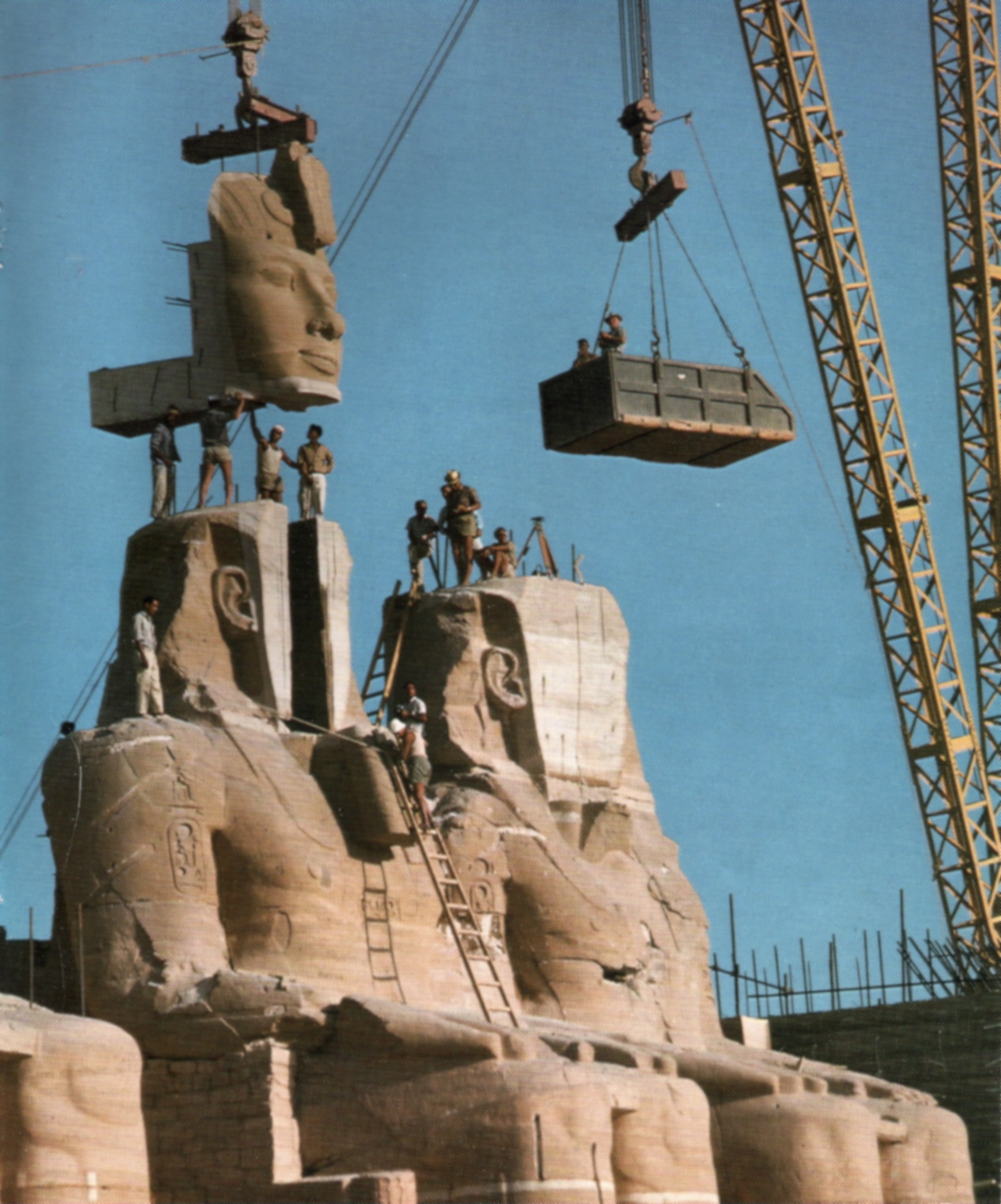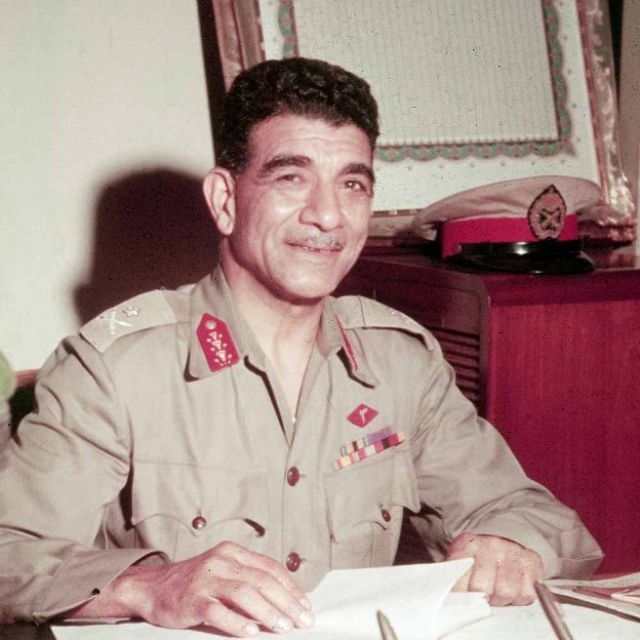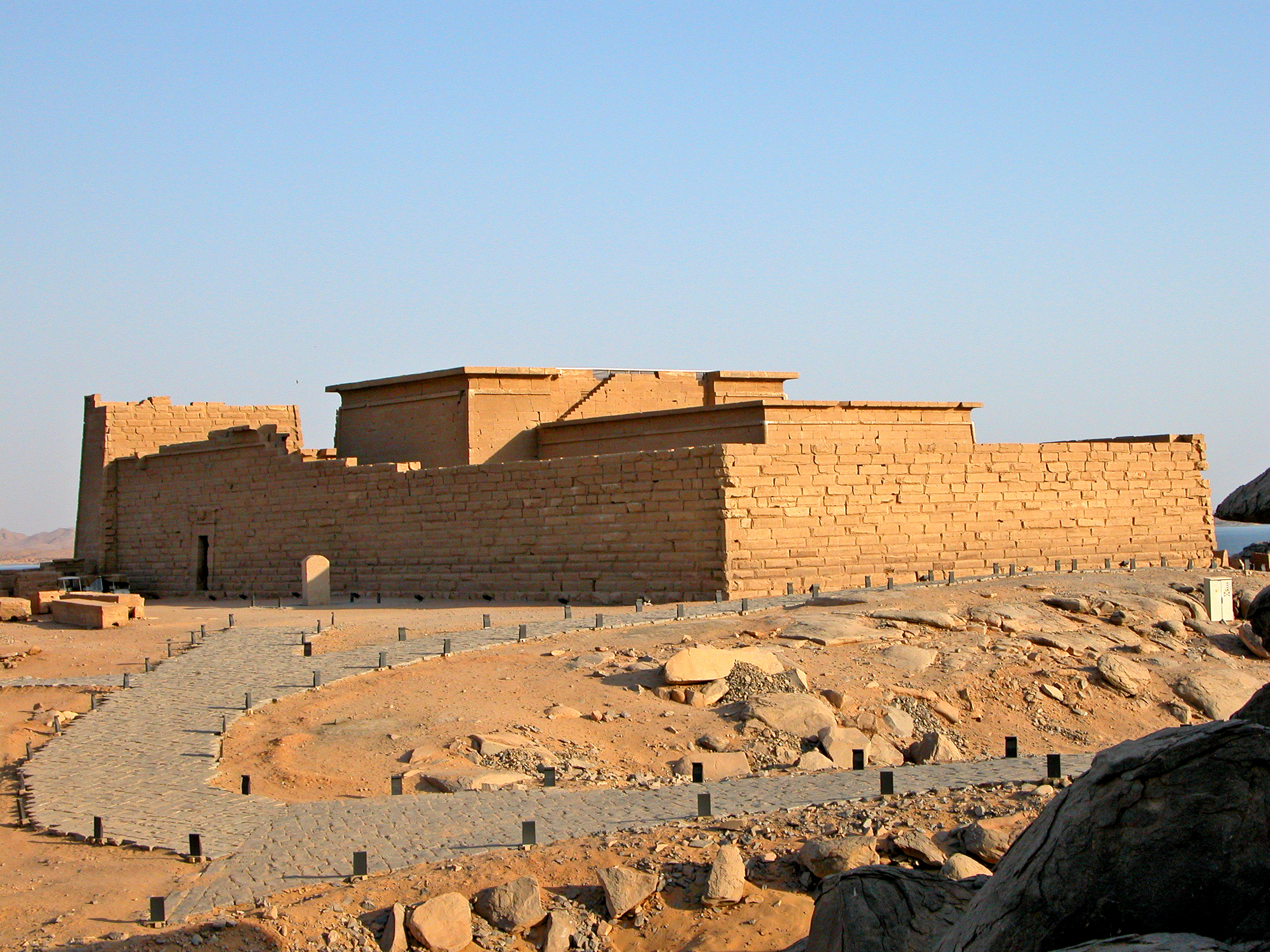|
Lake Nasser
Lake Nasser ( ', ) is a large reservoir (water), reservoir in southern Egypt and northern Sudan. It was created by the construction of the Aswan Dam, Aswan High Dam and is one of the List of reservoirs by volume, largest man-made lakes in the world. Before its creation, the project faced opposition from Sudan as it would encroach on land in the northern part of the country, where many Nubian people lived who would have to be resettled. In the end Sudan's land near the area of Lake Nasser was mostly flooded by the lake. The lake has become an important economic resource in Egypt, improving agriculture and touting robust fishing and tourism industries. Strictly speaking, "Lake Nasser" refers only to the much larger portion of the lake that is in Egyptian territory (83% of the total), with the Sudanese preferring to call their smaller body of water Lake Nubia ( ', ). __TOC__ Physical characteristics The lake is some long and across at its widest point, which is near the Tropic ... [...More Info...] [...Related Items...] OR: [Wikipedia] [Google] [Baidu] |
Abu Simbel
Abu Simbel is a historic site comprising two massive Rock-cut architecture, rock-cut Egyptian temple, temples in the village of Abu Simbel (village), Abu Simbel (), Aswan Governorate, Upper Egypt, near the border with Sudan. It is located on the western bank of Lake Nasser, about southwest of Aswan (about by road). The twin temples were originally carved out of the mountainside in the 13th century BC, during the Nineteenth Dynasty of Egypt, 19th Dynasty reign of the Pharaoh Ramesses II. Their huge external rock relief figures of Ramesses II have become iconic. His wife, Nefertari, and children can be seen in smaller figures by his feet. Sculptures inside the Great Temple commemorate Ramesses II's heroic leadership at the Battle of Kadesh. The complex was Structure relocation, relocated in its entirety in 1968 to higher ground to avoid it being submerged by Lake Nasser, the Aswan Dam reservoir. As part of International Campaign to Save the Monuments of Nubia, an artificia ... [...More Info...] [...Related Items...] OR: [Wikipedia] [Google] [Baidu] |
President Of Egypt
The president of the Arab Republic of Egypt () is the executive head of state of Egypt and the de facto appointer of the official head of government under the Egyptian Constitution of 2014. Under the various iterations of the History of the Egyptian Constitution, Constitution of Egypt following the Egyptian Revolution of 1952, the president is also the Commander-in-chief#Egypt, supreme commander of the Armed Forces, and head of the executive branch of the Cabinet of Egypt, Egyptian government. Six presidents took over the presidency of Egypt after the abolition of the Muhammad Ali dynasty, monarchy in 1953, in periods that included short transitional periods. They began with Mohamed Naguib, then Gamal Abdel Nasser, and Anwar Sadat. He was followed by Hosni Mubarak, and then Mohamed Morsi. The current president is Abdel Fattah el-Sisi, Field Marshal Abdel Fattah el-Sisi, who has been in office since 8 June 2014. History The first president of Egypt was Mohamed Naguib, who, along ... [...More Info...] [...Related Items...] OR: [Wikipedia] [Google] [Baidu] |
Grand Ethiopian Renaissance Dam
The Grand Ethiopian Renaissance Dam (GERD or TaIHiGe; , , ), formerly known as the Millennium Dam and sometimes referred to as the Hidase Dam (, ), is a gravity dam on the Blue Nile River in Ethiopia. The dam is in the Benishangul-Gumuz Region of Ethiopia, about east of the border with Sudan. Constructed between 2011 and 2023, the dam's primary purpose is electricity production to relieve Ethiopia's acute energy shortage and to export electricity to neighbouring countries. With an installed capacity of 5.15 gigawatts, the dam is the largest hydroelectric power plant in Africa and among the 20 largest in the world. The first phase of filling the reservoir began in July 2020 and in August 2020 the water level increased to 540 meters (40 meters higher than the bottom of the river which is at 500 meters above sea level). The second phase of filling was completed on 19 July 2021, with water levels increased to around 575 meters. The third filling was completed on 12 August 2022 ... [...More Info...] [...Related Items...] OR: [Wikipedia] [Google] [Baidu] |
Hydroelectricity
Hydroelectricity, or hydroelectric power, is Electricity generation, electricity generated from hydropower (water power). Hydropower supplies 15% of the world's electricity, almost 4,210 TWh in 2023, which is more than all other Renewable energy, renewable sources combined and also more than nuclear power. Hydropower can provide large amounts of Low-carbon power, low-carbon electricity on demand, making it a key element for creating secure and clean electricity supply systems. A hydroelectric power station that has a dam and reservoir is a flexible source, since the amount of electricity produced can be increased or decreased in seconds or minutes in response to varying electricity demand. Once a hydroelectric complex is constructed, it produces no direct waste, and almost always emits considerably less greenhouse gas than fossil fuel-powered energy plants. [...More Info...] [...Related Items...] OR: [Wikipedia] [Google] [Baidu] |
Nile Perch
The Nile perch (''Lates niloticus''), also known as the African snook, Goliath perch, African barramundi, Goliath barramundi, Giant lates or the Victoria perch, is a species of freshwater fish in family Latidae of order Perciformes. It is widespread throughout much of the Afrotropical realm, being native to the Congo River, Congo, Nile River, Nile, Senegal River, Senegal, Niger River, Niger and Lake Chad, Lake Volta, Volta, Lake Turkana, and other river basins. It also occurs in the brackish waters of Lake Maryut in Egypt. The Nile perch is a fish of substantial economic and food-security importance in East Africa. Originally described as ''Labrus niloticus,'' among the marine wrasses, the species has also been referred to as ''Centropomus niloticus''. Common names include African snook, Victoria perch (a misleading trade name, as the species is not native to Lake Victoria, though they have been introduced there), and many local names in various African languages, such as the Luo ... [...More Info...] [...Related Items...] OR: [Wikipedia] [Google] [Baidu] |
Nile Tilapia
The Nile tilapia (''Oreochromis niloticus'') is a species of tilapia, a cichlid occurring naturally in parts of Africa (such as its namesake Nile River) and the Levant, though numerous introduced populations exist outside its natural range. This current wide range is caused by its high commercial value as a food fish, where it is marketed as mango fish (not to be confused with the mango tilapia, or ''Sarotherodon galilaeus''), nilotica, or boulti, along with many other names, both local and foreign. Due to its value, the Nile tilapia is widely aquacultured across the world due to its hardiness and a mode of reproduction conducive to mass rearing, namely mouthbrooding, and various attempts have been made to increase production yields, including hybridization with other tilapias. Description The Nile tilapia reaches up to in length, and can exceed . As typical of tilapia, males reach a larger size and grow faster than females. Wild, natural-type Nile tilapias are brown ... [...More Info...] [...Related Items...] OR: [Wikipedia] [Google] [Baidu] |
Nile Crocodile
The Nile crocodile (''Crocodylus niloticus'') is a large crocodilian native to freshwater habitats in Africa, where it is present in 26 countries. It is widely distributed in sub-Saharan Africa, occurring mostly in the eastern, southern, and central regions of the continent, and lives in different types of aquatic environments such as lakes, rivers, swamps and marshlands. It occasionally inhabits deltas, brackish lakes and rarely also saltwater. Its range once stretched from the Nile Delta throughout the Nile River. Lake Turkana in Kenya has one of the largest undisturbed Nile crocodile populations. Generally, the adult male Nile crocodile is between in length and weighs . However, specimens exceeding in length and in weight have been recorded. It is the largest predator in Africa, and may be considered the second-largest extant taxon, extant reptile in the world, after the saltwater crocodile (''Crocodylus porosus'').Wood, G. (1983). ''The Guinness Book of Animal Facts and F ... [...More Info...] [...Related Items...] OR: [Wikipedia] [Google] [Baidu] |
Temple Of Amada
The Temple of Amada, is one of the oldest Egyptian Temples in Nubia. It was constructed during the 18th Dynasty (c. 1550–1295 BC) by Pharaoh Thutmose III. It is one of the oldest Egyptian buildings still present along Lake Nasser. In total, three generations contributed to building the temple (Thutmose III, Amenhotep II, and Thutmose IV). Minor modifications continued into the 19th Dynasty (1295–1186 BC). The temple was dedicated to Amun-Ra and Horakhty-Ra. During the Amarna period, Akhenaten had the name Amun destroyed throughout the temple but this was later restored by Seti I of Egypt's 19th Dynasty.Oakes, p.205 Various 19th Dynasty pharaohs, especially Seti I and Ramesses II, also "carried out minor restorations and added to the temple's decoration." The stelas of the Viceroys of Kush Setau, Heqanakht and Messuy and that of Chancellor Bay describe their building activities under Ramesses II, Merneptah and Siptah respectively. In the medieval period the temple was converted ... [...More Info...] [...Related Items...] OR: [Wikipedia] [Google] [Baidu] |
Temples Of Wadi Es-Sebua
The temples of Wadi es-Sebua (, so-called because of the sphinx-lined approach to the temple forecourts), is a pair of New Kingdom Egyptian temples, including one speos temple constructed by the 19th Dynasty Pharaoh Ramesses II, in Lower Nubia. As part of the International Campaign to Save the Monuments of Nubia, along with Abu Simbel, Philae, Amada, and other Nubian archaeological sites, the temples at Wadi es-Sebua were relocated in the 1960s and inscribed on the UNESCO World Heritage List in 1979. First Temple of Amenhotep III The first temple was built by the 18th Dynasty Pharaoh Amenhotep III and subsequently restored by Ramesses II. In its first stage, this temple "consisted of a rock-cut sanctuary (about 3 m by 2 m) fronted by a brick-built pylon, a court and a hall, partly painted with wall paintings." The temple was perhaps dedicated to one of the local Nubian forms of Horus, but his representations were altered to Amun at a later point in time.Baines & Málek, p.182 ... [...More Info...] [...Related Items...] OR: [Wikipedia] [Google] [Baidu] |
Temple Of Kalabsha
The Temple of Kalabsha (also Temple of Mandulis) is an ancient Egyptian temple that was originally located at Bab al-Kalabsha (Gate of Kalabsha), approximately 50 km south of Aswan. In the 1960s the temple was relocated under the International Campaign to Save the Monuments of Nubia, and inscribed on the UNESCO World Heritage List in 1979, along with other outstanding examples of Nubian architecture including Abu Simbel and Amada. History The temple was situated on the west bank of the Nile River, in Nubia, and was originally built around 30 BC during the early Roman era. While the temple was constructed in Augustus's reign, it was never finished. The temple was a tribute to Mandulis (Merul), a Lower Nubian sun god. It was constructed over an earlier sanctuary of Amenhotep II. The temple is 76 m long and 22 m wide in dimension. While the structure dates to the Roman period, it features many fine reliefs such as "a fine carving of Horus emerging from reeds on the inner cur ... [...More Info...] [...Related Items...] OR: [Wikipedia] [Google] [Baidu] |
UNESCO
The United Nations Educational, Scientific and Cultural Organization (UNESCO ) is a List of specialized agencies of the United Nations, specialized agency of the United Nations (UN) with the aim of promoting world peace and International security, security through international cooperation in education, arts, sciences and culture. It has 194 Member states of UNESCO, member states and 12 associate members, as well as partners in the Non-governmental organization, non-governmental, Intergovernmental organization, intergovernmental and private sector. Headquartered in Paris, France, UNESCO has 53 regional field offices and 199 National Commissions for UNESCO, national commissions. UNESCO was founded in 1945 as the successor to the League of Nations' International Committee on Intellectual Cooperation.English summary). UNESCO's founding mission, which was shaped by the events of World War II, is to advance peace, sustainable development and human rights by facilitating collaboratio ... [...More Info...] [...Related Items...] OR: [Wikipedia] [Google] [Baidu] |
International Campaign To Save The Monuments Of Nubia
The International Campaign to Save the Monuments of Nubia was the effort to relocate 22 monuments in Lower Nubia, in Southern Egypt and northern Sudan, between 1960 and 1980. This was done in order to make way for the building of the Aswan Dam, at the Cataracts of the Nile, Nile's first cataract (shallow rapids), a project launched following the 1952 Egyptian revolution. This project was undertaken under UNESCO leadership and a coalition of fifty countries. This process led to the creation of the World Heritage Convention in 1972, and thus the system of UNESCO World Heritage Sites. The construction of the Aswan Dam was a key objective of the new regime the Egyptian Revolution of 1952, Free Officers movement of 1952 in order to better control flooding, provide increased water storage for irrigation and generate hydroelectricity, all of which were seen as pivotal for the industrialization of Egypt. The building of the dam was to result in the creation of Lake Nasser, which would su ... [...More Info...] [...Related Items...] OR: [Wikipedia] [Google] [Baidu] |








